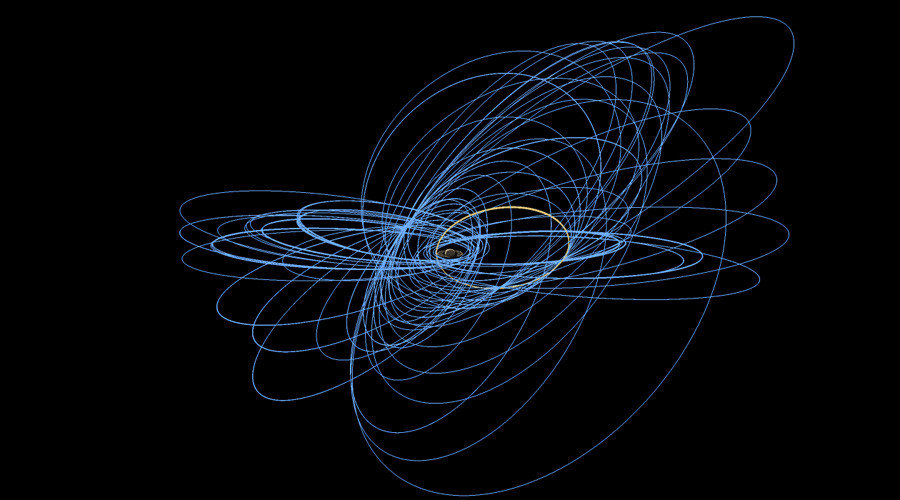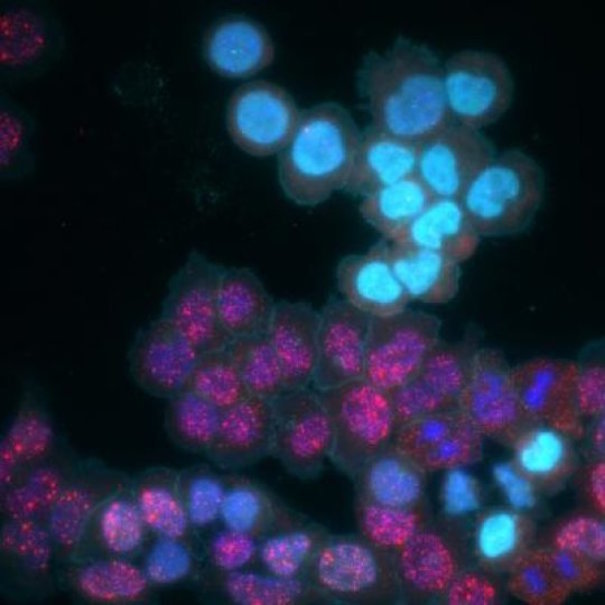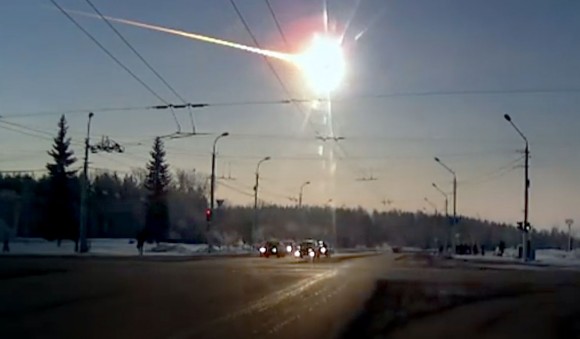OF THE
TIMES



One of the best points of reference for an earthquake this size is the 9.0 earthquake that hit Tohoku, Japan in 2011. It's believed that an 8.0 or higher is likely to hit California every 2,500 years. Maiclaire Bolton, a seismologist and senior product manager for CoreLogic, emphasized, "We are talking about very rare earthquakes here."As many as 3.5 million homes could be damaged in an 8.3-magnitude quake along a roughly 500-mile portion of the fault—compared with 1.6 million homes damaged if only the northern part of the fault were to break, or 2.3 million if the southern piece ruptured.
The damage to homes alone could total $289 billion, compared with a previous range of $137 billion on the southern portion of the fault and $161 billion in the north, according to the CoreLogic analysis.
Comment: Enceladus is now considered one of the solar system's top spots to search for alien life.
See also: